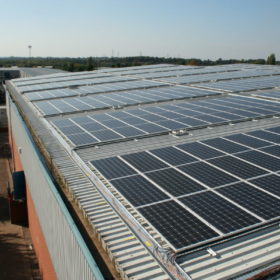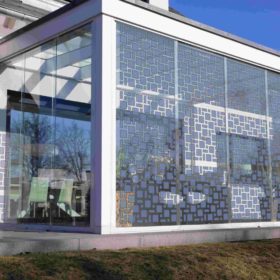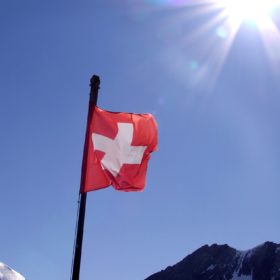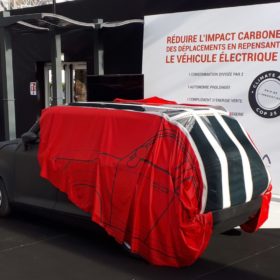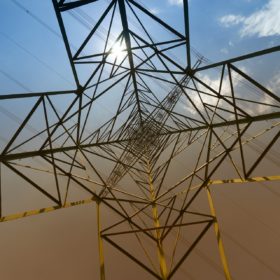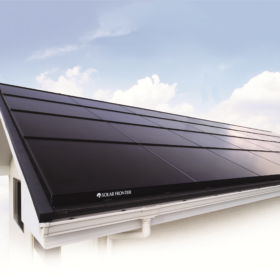Ikea extends PV offer to France
The furniture brand has begun offering solar panels and systems online throughout the country. French solar company Voltalia will be its strategic partner for the sale of its Solstrale modules.
France expands limits of ‘energy communities’
The French energy regulator has expanded the maximum permitted distance between members of an energy community from 2 km to 20 km.
‘Free-form’ organic PV
French organic PV module manufacturer Armor said it began manufacturing free-form PV modules in early April. The new technology will allow the company’s ASCA PV film to be produced in a range of different shapes.
France makes 44 GW solar target official
Today’s edition of the Official Journal of the French Republic featured two long-awaited decrees: One concerning the multi-year energy program and another on national carbon budgets and the state’s low-carbon strategy.
Switzerland renews support for renewables
The Swiss government has decided to extend its incentives for renewable energy projects, while also adjusting them to promote greater competitiveness. In addition, it plans to replace feed-in tariffs for large-scale solar installations with a new auction mechanism.
Mali exempts solar from VAT, import duties
The move represents a step forward in the implementation of the National Action Plan for Renewable Energy (Paner), through which the West African nation aims to install 1.42 GW of renewable energy by 2030.
Solar car tarp to recharge EV batteries
French solar thin-film specialist Armor has designed a retractable automotive solar cover. It has deployed an initial prototype on a Gazelle electric car, but it said that the cover can be used on any kind of electric vehicle.
France awards 960 MW of solar through different tenders
Minister of the Ecological and Inclusive Transition Elisabeth Borne told a teleconference of renewables representatives the results of a recent slew of clean energy tenders which allocated 1.7 GW of generation capacity and also revealed new measures being taken to support the industry.
Storage prevails in France’s capacity auction
The Ministry for the Ecological and Inclusive Transition’s long-term auction was organized by grid operator RTE under the French capacity procurement mechanism. Storage accounted for 253 MW of the capacity assigned in the auction, which was open to all decarbonizing technologies.
France gives boost to rooftop solar with wider tariff access
Eligibility for fixed tariffs for excess energy fed into the grid – and exemption from the tendering process – has been widened from systems with a maximum generation capacity of 100 kW to 300 kW.


